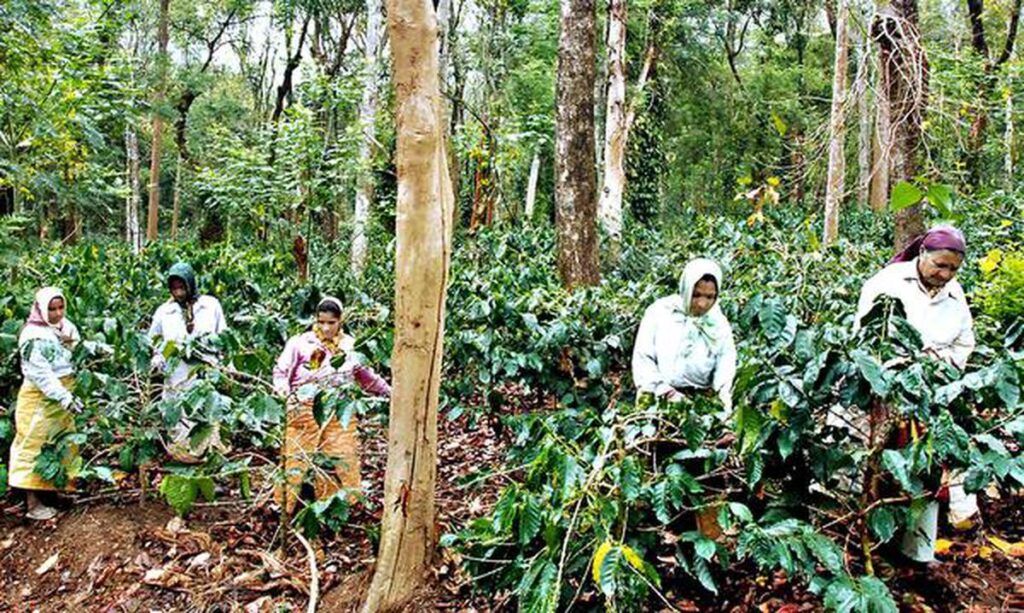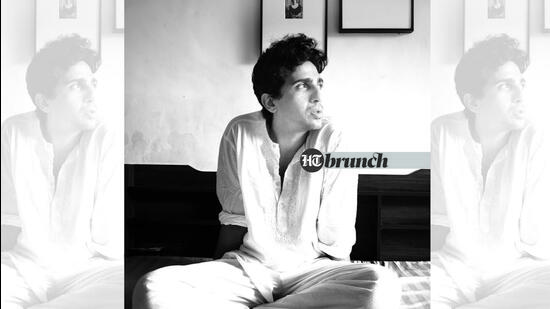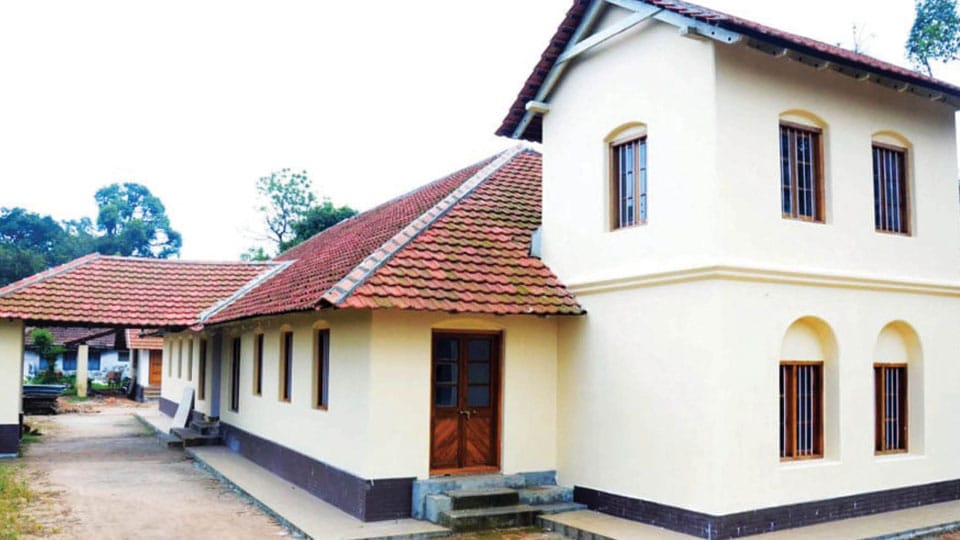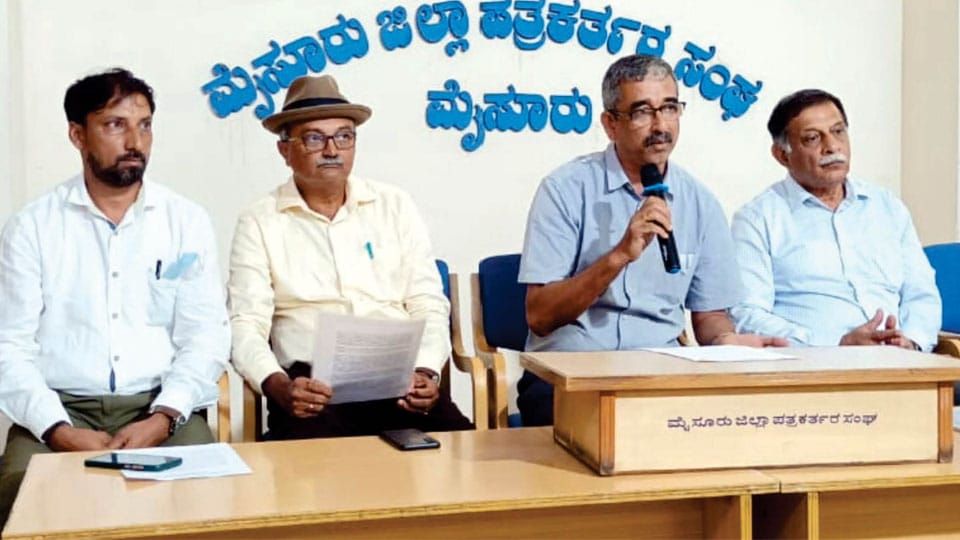In recent months, a new initiative has come up, which shines the spotlight on the fast-vanishing heritage of the brave Kodavas of Coorg

One of the most significant projects in this context is by researcher-writer Kaveri Ponnapa. She has relentlessly been documenting the culture of the Kodavas through her books such as The Vanishing Kodavas. Her latest work is A Place Apart, translations and transliteration of 21 poems by eminent writer Bacharanianda P. Appanna. This is her bid to save the Kodava takke, classified as a definitely endangered language by Unesco and spoken by just 166,187 people according to the 2001 census. Having spent decades in the field, researching Kodava culture and history, she felt the urgent need for a selection of his poems to reach a wider audience, both from Kodagu and anyone else interested in small cultures.
Appanna was one of the elders that Ponnapa worked very closely with while researching her first book. His knowledge of the culture and very importantly, the Kodava language, is extraordinary; he continues to extend invaluable help in expanding her understanding of their shared heritage.
Edited excerpts from an interview, in which Ponnapa talks about the various facets of her project:
Could you talk about the factors that prompted the project, A Place Apart: Poems from Kodagu?
Bacharanianda P Appanna is one of Kodagu’s best known writers and an acknowledged authority on the Kodava language. He is also a poet, and whenever I visited, he would sing some of his poems out loud, and I would make recordings of them. I was struck by the beauty, depth and rich cultural content of the poems, and equally, how many unfamiliar words they held.
There was a very real sense of loss, a realisation of how much the language had diminished, in a sense, with words disappearing from everyday usage. Appanna contributed about four hundred old Kodava takke words to a dictionary published a few years ago, and his experience as a Kodava takke teacher in collaboration with the Kodava scholar, the late IM Muthanna, brought important perspectives to our conversations on the language.
So much of our heritage and identity are held within these poems—for instance, Forest Trees of My Village and Wild Creatures of Kodagu hold details of the natural world and landscape that are now lost, and The Kodava speaks of our ethos and worldview. As Ross Perlin of the Endangered Language Alliance has observed: “It’s hard to maintain the full richness, depth and complexity of a culture without its languages”. This project was an attempt to expand the reach of the Kodava language so that more people might have an understanding of our culture.
You have written in the book about the need for transliteration, especially for people who can’t follow the Kannada script. If you could talk about that?
Ours was an oral tradition, wherein all cultural and linguistic knowledge was passed down through the generations in song. Kodava takke does not have a script. From about the 17th century onwards, a set of historic and political circumstances led to the Kannada script being introduced as a language of Court. Kodava takke took a further back seat from the mid-19th century onwards, when Kannada was introduced as the medium of instruction by the British colonial administration.
The oral tradition led to a continuous transmission of language, and cultural knowledge, which is now permanently changed. In addition, the use of the Kannada script presents definite challenges—there is a loss of linguistic nuance, changes in vocabulary and distinct shifts in pronunciation and speech, as Kannada does not, for instance, contain the additional vowel sounds of Kodava takke. Since Appanna and I worked through long conversations, these compromises between the spoken and the written became very apparent.
What led you to the Romanisation of the Kodava takke?
About three decades ago, as a postgraduate student at the SOAS University of London, I read a paper by the eminent linguist, MB Emeneau. I cannot describe the excitement I felt when I realised that what I was reading effortlessly was the Kodava marriage contract in Romanised Kodava takke. I held onto the idea of Romanisation, and was finally able to use it in this book. The transliteration in my book uses a Kodava-Kodava and a Kodava-English key to reading the poems, and has been kept very simple, the idea being to offer people an opportunity to approach the language through an already familiar medium and script. Recordings of Appanna singing his poems support the book and the transliteration.
What has the response been like?
The response has been overwhelming, particularly from the younger generation and those living overseas, as they have a window to their heritage through this work. Romanisation makes it widely accessible to many. If you look at social media posts, you will see that young Kodavas are sharing cultural knowledge, including old songs using an informal, Romanised script. Young people are eager to learn all that they can about their heritage, using non-traditional means.
What are the factors that have led to the Kodava takke becoming an endangered language?
It is not easy to address this question. There are multiple factors, some which I have already mentioned—historical and political situations, migrations in search of better educational and economic opportunities and so on. We have always been very small in number. With such a small population, it’s more likely that we choose dominant languages as we migrate, even though there is a deep emotional attachment to the mother tongue, and all that it signifies. We are further limited by the use of the Kannada script, which excludes a section of the people, particularly the diaspora, and generations brought up outside Kodagu, from expanding their knowledge of Kodava takke. If we are looking for a way of taking an endangered language into the future, we need many more speakers, and a widely accessible script. Without speakers, efforts to save a language, as the linguist Salikoko Mufwene has said, is like preserving languages as museum artefacts.
source:http://www.lifestyle.livemint.com / LiveMint.com / Home> Mint Lounge> How To Lounge / by Avantika Bhuyan / May 17th, 2022









